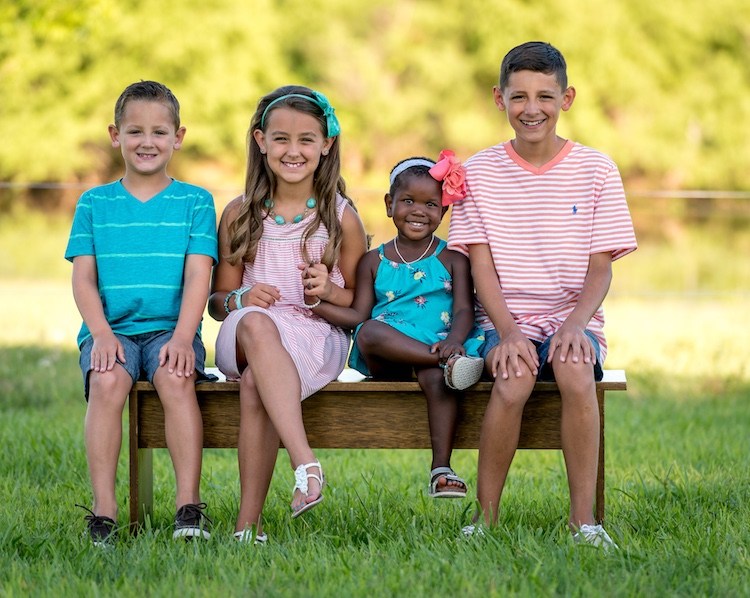4 Lessons for Aspiring Family Portrait Photographers
Over the past four years as my wife and I have done more family photography we have learned quite a bit. Going through some of those early shots I’m sometimes amazed that anyone paid us money for them at all! Self-reflection is critical not just for photographers, but any artist and indeed anyone who wants to improve at a given skill over time. In thinking about what has worked and what hasn’t worked I repeatedly noticed four key elements that I wanted to share with you. Hopefully, these will be useful to you if you are just starting out as a family portrait photographer, and you won’t have to make the same mistakes I did as I was learning them!

1. Location
When you go there for an afternoon stroll it’s almost impossible not to be taken in by the beautiful flowers, towering trees, and flocks of waterfowl that dot the serene landscape. There are stone paths, wooden bridges, and several fountains sending water high into the air. They all combine to create a scene which practically screams “Do your family portrait photography here!” So a lot of people do just that, and it’s how I started out as well.

2. There’s no substitute for good lighting
This second rule works in tandem with the first regarding location. Wherever you choose to do your photo sessions, you need to make sure to pay attention to lighting. Great photographers can wrest beautiful images from the most challenging lighting conditions. But for the rest of us mere mortals, it’s essential to stick to the fundamentals. For family sessions that usually comes down to two basic tips: be careful when shooting in broad daylight, and make sure your subjects are evenly lit.

3. Know your camera settings and how to change them
There’s an old Greek amorphism, which has been the basis for countless philosophical discussions over the ages. Roughly translated, it means know thyself and often functions as an exhortation for an individual to be intimately aware of who they are, what makes them tick, what their goals in life are, etc.
Even in the most controlled studio environment, things can change at a moment’s notice, and often there isn’t much you can do about it. So it’s important to know your camera settings and how to change them if you need to fast.

4. Make the experience memorable
One of the most important aspects of doing a photo session for clients is that it’s about much more than the end product. Wells, Valacich, and Hess (2011) found that the quality of a website is related to the perception of quality regarding the products being sold on the website. A higher-quality website, their data tended to show, meant that consumers perceived the things they were buying as being higher quality than the same products purchased from lower-quality websites.
The same holds true for photography, in that how your clients view the final photos you deliver to them is directly related to how they feel about the session itself. If you make the experience fun, enjoyable, and stress-free while engaging your clients in friendly conversation they will be more likely to enjoy, appreciate, and share the pictures when they receive them. Conversely, if your clients get top-notch pictures but you showed up for the session late, unprepared, and stressed-out, then they will likely have a lower opinion of the photographs.
